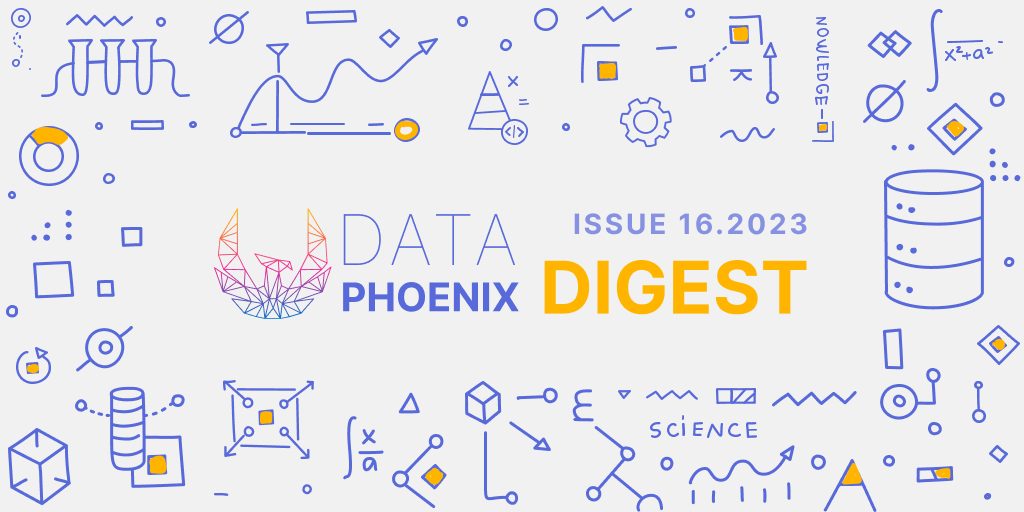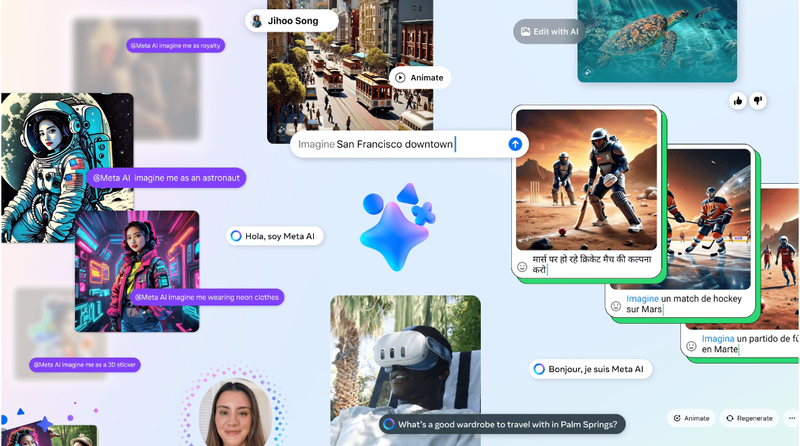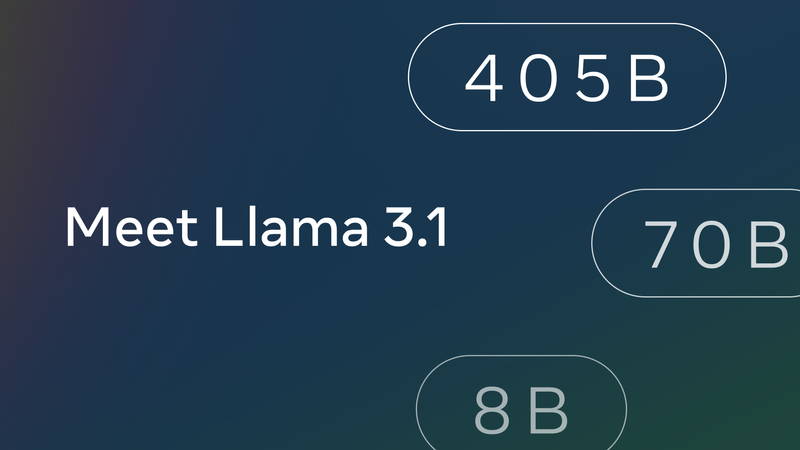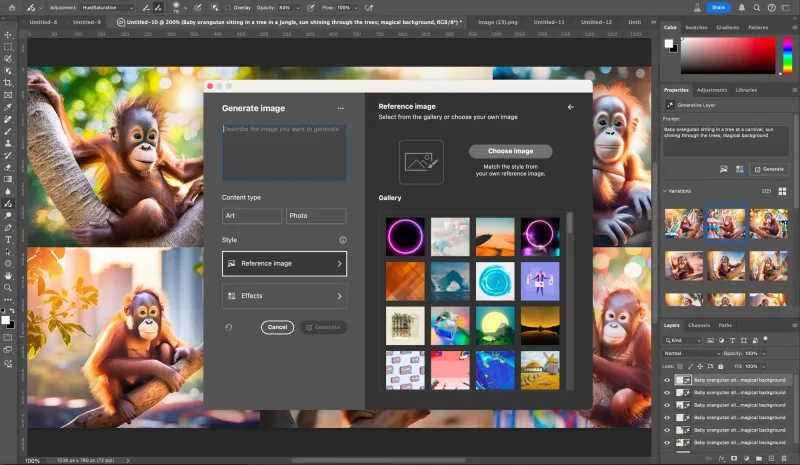Data Phoenix Digest - ISSUE 16.2023
AI Forward 2023, Building Customized Computer Vision Applications with FiftyOne Plugins, From RAGs to Riches, Serving and Managing ML models with MLflow and Nvidia Triton Inference Server, TimeGPT, PACE, SAM-Med3D, Llemma, and more.


AI Forward 2023: LLMs in the Enterprise
Learn how to overcome LLMOps challenges in pre- and post-production, build enterprise LLM infrastructure, and deliver measurable business value, including hands-on workshops and expert panel discussions. Register now for AI Forward 2023 — a FREE one-day virtual summit!
Welcome to this week's edition of Data Phoenix Digest! This newsletter keeps you up-to-date on the news in our community and summarizes the top research papers, articles, and news, to keep you track of trends in the Data & AI world!
Be active in our community and join our Slack to discuss the latest news of our community, top research papers, articles, events, jobs, and more...
Data Phoenix's upcoming webinars:
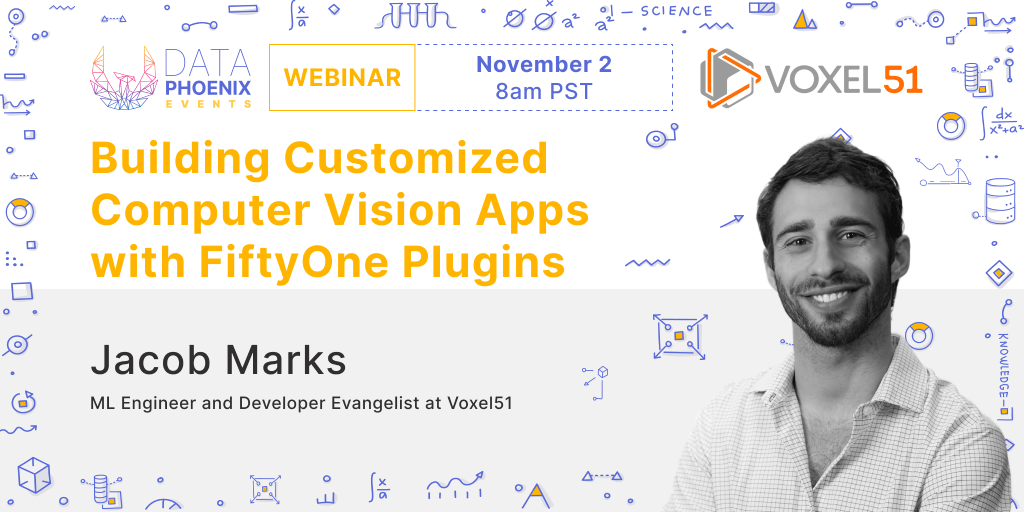
Building Customized Computer Vision Applications with FiftyOne Plugins
FiftyOne is the leading open source solution for curating and visualizing computer vision data. With FiftyOne Plugins, you can now build custom computer vision applications in no time. From concept interpolation to building your AI art gallery, and even LLM-powered , FiftyOne Plugins give you the power to create gradio-style applications with data at their core. Join us to discover how you can unleash your creativity and interact with data like never before.
Speaker: Jacob Marks is a Machine Learning Engineer and Developer Evangelist at Voxel51. At Voxel51, Jacob created VoxelGPT — an LLM-powered AI assistant for computer vision. In addition, he leads open source efforts in vector search, semantic search, and generative AI. He is a Top 10 writer in AI on Medium, with 2,300+ followers. Prior to joining Voxel51, Jacob worked at Google X, Samsung Research, and Wolfram Research. In a past life, he was a theoretical physicist: in 2022, he completed his Ph.D. at Stanford, where he investigated quantum phases of matter.
- MLOps for Ads Ranking at Pinterest
Aayush Mudgal (Senior ML Engineer at Pinterest) / October 31 - Gen AI data chain at scale
Tibor Mach (ML Solutions Engineer at Iterative.ai) / November 15 - Machine Learning Techniques in Healthcare Industry
Shahid Mohammad Ganie (Assistant Professor at the AI Research Centre at Woxsen University) / November 16 - Leveraging open-source LLMs for production
Andrey Cheptsov (CEO & Founder of dstack) / November 30
Summary of the top articles and papers
Articles
From RAGs to Riches
Vector databases are the foundation of the long-term memory systems that enable LLMs to tap into up-to-date information beyond the training cutoff and enhance the output quality without fine-tuning. This article explores vector search for data understanding, data exploration, model interpretability, and more. Check it out for more details!
TimeGPT: The First Foundation Model for Time Series Forecasting
TimeGPT-1 is a technique and architecture behind LLMs applied to the field of forecasting, which forms the first time series foundation model capable of zero-shot inference. This article explores TimeGPT’s architecture and training, and demonstrates how it can be applied in a forecasting project evaluated against N-BEATS, N-HiTS and PatchTST.
Serving and Managing ML models with MLflow and Nvidia Triton Inference Server
MLflow is an open source platform for managing the end-to-end ML lifecycle. It helps engineers track experiments, package ML code, manage and deploy ML models from a wide range of libraries, and manage the full lifecycle of an MLflow Model. This article provides a step-by-step guide on how to serve and manage ML models with MLflow and Nvidia’s Triton.
Data Pipeline with Airflow and AWS Tools (S3, Lambda & Glue)
This article explores the creation of a data pipeline using AWS). It specifically focuses on AWS's data engineering solutions, such as databases, ETL tools, and streaming platforms, demonstrating how to leverage these tools to develop a full data pipeline from scratch.
PhyCV - The First Physics inspired Computer Vision Python library
PhyCV is a computer vision library that uses algorithms derived directly from equations of physics governing physical phenomena. Learn about three algorithms that the library currently implements and look into their use cases and applications in this article!
Fully Autonomous Real-World Reinforcement Learning with Applications to Mobile Manipulation
Is it possible to develop RL systems for robots that allow them to learn directly “on-the-job”, while performing the task that they are required to do? This article discusses ReLMM, a system that learns to clean up a room directly with a real robot via continual learning.
Running Stable Diffusion Locally & in Cloud with Diffusers & dstack
Stable Diffusion is a model capable of producing photo-realistic images from text. However, organizing your project and dependencies to run it independently of the environment can still be a challenge. This article shows how to solve a problem using diffusers and dstack.
Papers & projects
PACE: Human and Camera Motion Estimation from in-the-wild Videos
PACE is a joint optimization framework that disentangles human and camera motions using both foreground human motion priors and background scene features. It integrates SLAM and human motion priors in an optimization inspired by bundle adjustment. Learn more!
SAM-Med3D
SAM-Med3D is the most comprehensive study to modify SAM for 3D medical images. It is trained with over 131K 3D masks and 247 categories, to excel at capturing 3D spatial information and demonstrate enhanced efficiency and broad segmentation capabilities.
Llemma: An Open Language Model For Mathematics
Llemma is two 7-billion and 34-billion parameter language models for mathematics. They were initialized with Code Llama weights, then trained on the Proof-Pile II, to show improved mathematical capabilities and adaptability to various mathematical tasks. Check it out!
Towards Multi-Layered 3D Garments Animation
LayersNet is a novel data-driven method for modeling garment-level animations as particle-wise interactions in a micro physics system. The paper explains how to improve simulation efficiency by representing garments as patch-level particles in a two-level structural hierarchy, and apply a novel Rotation Equivalent Transformation.
Learning Hybrid Actor-Critic Maps for 6D Non-Prehensile Manipulation
Hybrid Actor-Critic Map for Manipulation (HACMan) is a reinforcement learning approach for 6D non-prehensile manipulation of objects using point cloud observations. The agent predicts both a contact location and a set of motion parameters, allowing it to perform a 6D object pose alignment task on a wide range of objects in both simulation and the real world.
Neural Preset
Neural Preset is a technique that uses AI to generate and transfer color styles. It can extract color styles from given reference images, store them as presets, and apply them to other images and videos, producing output with target color styles. Check it out!

